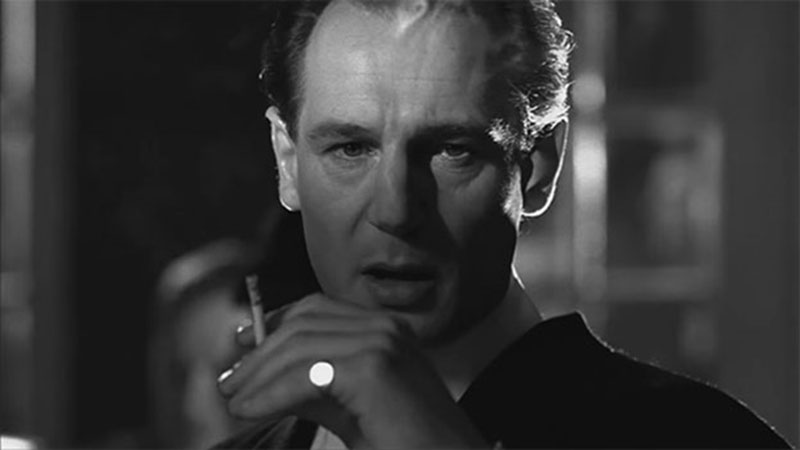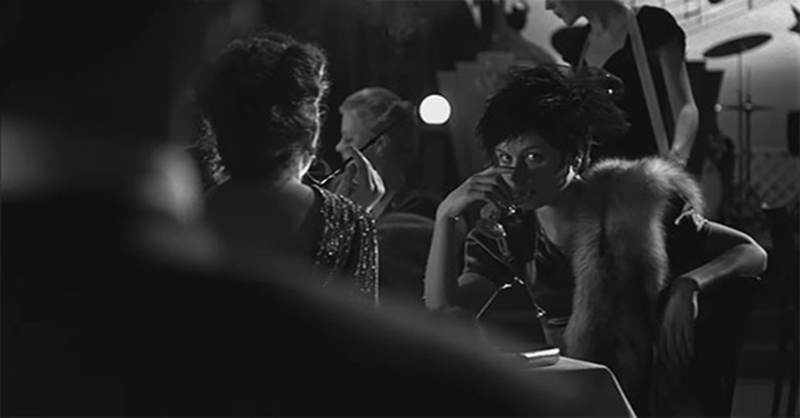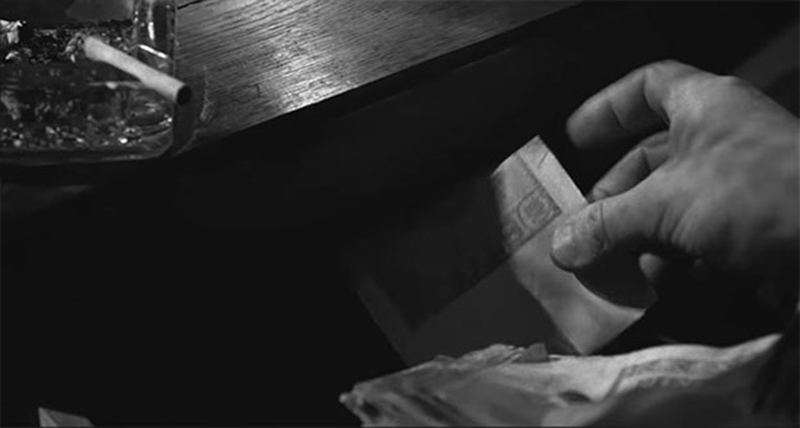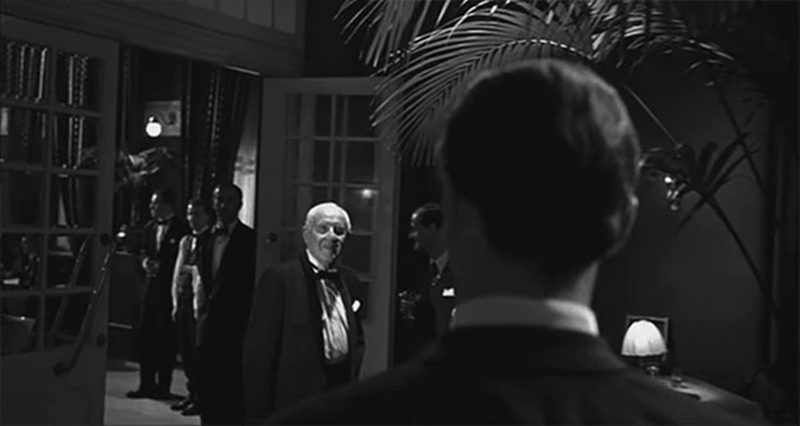How to Use a Storytelling POV Shot To Introduce The Protagonist

Learn How to do a Storytelling POV Shot for a Film with One Main Protagonist
It was a cold night, but the weather wasn’t the only reason for the fierce chill that was floating in the air. The local restaurant where all the important and rich people were gathering was filled with music, chatter noise, and life, still, it was as if you were standing in the open cold rain – every motion was screaming one thing: tension. It was the time of war, murder and where who you are was the line between life and death. More than ever, money and power was a valuable insurance for you to see another day. In this crowd of rich people, one man stood out. Although he was sitting alone at a small table, minding his own business, it seemed as if every corner of this large room was pulled to him as the epicenter. Many didn’t notice this force, but those who noticed the man, felt the force as well. Always dressed well, but never conspicuous, he’d walk confidently where others would look down. Oskar Schindler was a man whom everyone respected, from the Nazis and rich people to the everyday folk who had no insurance they will see that valuable next day. Like every other shot, POV shot can serve the goal of telling and presenting the story. Rightfully so, Schindler’s List is considered to be one of the best 90’s movies, but it’s not just for its powerful story. In reality, the opening scene is already enough for a filmmaker to learn something. Just from the first couple of minutes, the entire story is established, the entire stage is set.

Schindler’s List and its opening scene is a top-quality example of using point-of-view shots and taking the most out of them. It’s a testimonial to how POV shot doesn’t always have to be done from a first-person perspective, but a third person perspective as well. It even serves as an establishing shot. In the first few minutes you get to know who Oskar Schindler is, where the story takes place (Krakow, Poland), and the weight he as a person has in the WW2 Nazi Germany. You don’t need his past as the shot tells you everything you need to know and this is an example of perfect POV shot. A shot that extends from its technicality and enriches the story itself. Of course, not every shot you do has to be a powerful shot filled with emotions for your film to be great. But having at least one, can make your film all that better. As in the example of Schindler’s List, a great POV shot is a perfect tool to create the foundation for the rest of your movie. If done right, the upcoming story will flow all that smoother, especially if your film is centered around one protagonist.

Interestingly, most of the shots are subjective point-of-view shots, but they still fulfill their function perfectly. Starting in Schindler’s house we see his everyday preparations – from taking a drink to pinning his Nazi Party pin. At this point, we never actually see his face. So, what does this scene tell us? Now we know this still unnamed person is a rich Nazi and we already start to get the feeling he holds a high status. Although the shots aren’t taken strictly from the first-person perspective, you have the feeling you’re seeing what Schindler is seeing. You can even presume the thoughts going inside his head.

In the next scene, we see him at a party and this is the first time we see his face. Steven Spielberg masterfully builds the tension and with every second you know more. The bartender is asked if he knows who the person is and he simply says he doesn’t.

This point can be called that “little extra”, a part not crucial, but it adds a bit extra flavor. Here Spielberg starts to play with various subjective POVs and objective POVs. In the end, an officer also asks the host if he knows who this person is and this time we get the answer: “This is Oskar Schindler!”, the host says in an overwhelming and joyful voice. Here we not only find out his name but the way the host says his name, we know this man is very respectful. You see, when his name was asked the first time and the bartender said he doesn’t know, a seed of doubt was planted into the brain of the audience; maybe this guy isn’t as important. But when his name is asked the second time and the host gives a confident answer, the seed is almost momentarily plucked out of the brain and destroyed. Perfect setup for the rest of the film through the perfect usage of camera, film actors, and shots. Schindler's List is a powerful movie from which you can learn plenty just by watching the first 10 minutes.
While he isn’t writing for Cult Critic, Antonio Rozich is working as a copywriter & helps write podcasts. Besides his usual copywriting, he also helps filmmakers with their screenplays by editing them and finding the ways to improve the initial filmmaker’s idea. When all of that is done, he turns to his true & original love: writing flash fiction, which he posts on his site Syeta Stories.


